After answering so many reader questions about worms, basically no question strikes as unusual. We’ve answered questions about buying live tropical aquatic worms and worms that were found in bone marrow, to cite a couple of articles written in the last couple of weeks. However, we recently came across a truly puzzling question, one that involves such diverse subjects as foreign markets, milk jugs, and, of course, worms. Allow us to explain.
A reader wrote to us inquiring about the commercial prospects of selling worms that are formed in a milk jug that has been buried under ground for six months. In case you thought you misread that last sentence, here it is again: a reader wrote to us inquiring about the commercial prospects of selling worms that are formed in a milk jug that has been buried under ground for six months. The reader was evidently told that the worms that result from this utterly strange process are of “huge economic value when exported to foreign countries.” Because we’re unsure where the reader is writing from, we’re not sure what constitutes a foreign country, but even if we did know, we are pretty sure that the contents of a milk jug that has been underground for half of a year are going to worth precisely nothing. So this is our answer to the first of the reader’s question: no, we don’t think what you’ve been told is accurate. Why?
In a way, it’s absurd to explain why we think that extremely rancid milk, worm filled or otherwise, would be of value, let alone enormous value in foriegn markets. Why on earth would milk that has been sitting underground for six months be worth anything? Just the same, our reasoning is thus: milk produced in this day and age is pasteurized (unless you specifically hunt for unpasteurized milk). Because of the process of pasteurization (i.e., the heating of a liquid to a specific temperature for a specific amount of time), bacteria or other harmful microbes that are present in the milk should be killed. So, it is hard to see why milk (which is presumably pasteurized) buried under ground would yield any sort of creature, much less worms. Of course, pasteurization can be imperfect, meaning that some bacteria may survive the heating process; moreover, raw milk can contain parasites, so perhaps this is the origin of milk-worm rumor. But, not surprisingly, we know of no bacteria or parasite that would transform into a worm after six months (or any other amount of time, for that matter).
The only way that we can see how worms might emerge from a milk jug that has been buried for six months is if the jug isn’t sealed. If the jug wasn’t sealed, it’s possible that worms could get into it, and in truth this really isn’t all that unthinkable given that many worms live in the soil and need moisture to stay alive. What is unthinkable is that these worms were somehow created within milk, and it’s doubly unthinkable that these worms would be of tremendous monetary worth. Maybe the milk gives them some form of valuable nutrition that lets them grow into robust worms, making them good for, say, fishing, but, again, we have no idea why they would be worth a ton of money.
The reader’s other question – what are these worms? – has already been answered. These worms are either the stuff of fiction, or else regular worms (like earthworms) that got into the milk jug. In other words, there is no such thing as a milk worm in and of itself. In any event, we regret to inform our reader that he has almost certainly not stumbled across a get-rich-quick scheme (or rather, a get-rich-in-six-months scheme).
All About Worms is always free, always reader-supported. Your tips via CashApp, Venmo, or Paypal are appreciated! Receipts will come from ISIPP Publishing.





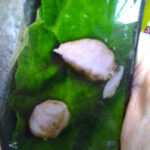
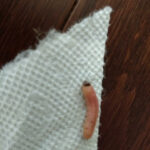

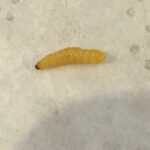
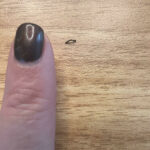



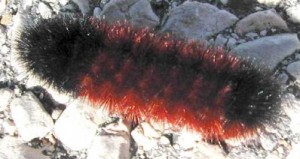



I just had a detox bath and worms came out of me… As I was going through the day I thought to myself test some milk in a glass of water and see what floats to the surface by using the reflection of light… A WORM was discovered. The milk tested was pasteurized and was sold by Publix in Florida as 2% Publix milk… Please spread the word!!!!
I was drying milk one day and I got a chunk, when I chewed on it, it turned my milk red, when I spit it back into the carton. It twisted good though. I
I was drying milk one day and I got a chunk, when I chewed on it, it turned my milk red, when I spit it back into the carton
I also poured expired almond milk in the sink and there was a small white maggot looking worm in it. It was alive and moving. I will never drink almond milk again.
Same thing just happened to me too, with soymilk, but there were small white worms and they were moving. I can’t drink any milk ever again.
This is crazy, because I found this after having looked up ‘worms forming in milk’ because I just emptied a milk carton that had been sitting at the back of the fridge for a shamefully long time, and a large, weird worm creature fell out. That creature was not in there before and it’s been in the fridge so no worm got in, so it must have started off as something small in the milk, and grew into this gross large worm, which appeared to be dead. It was soy milk, by the way. So maybe this is what that person was talking about? If I’d known it could’ve been worth money maybe I’d have kept it, although I doubt it because it really was so disgusting I’ll probably have nightmares and never be able to drink milk again. So I very much doubt it’s be worth anything. Shudder.